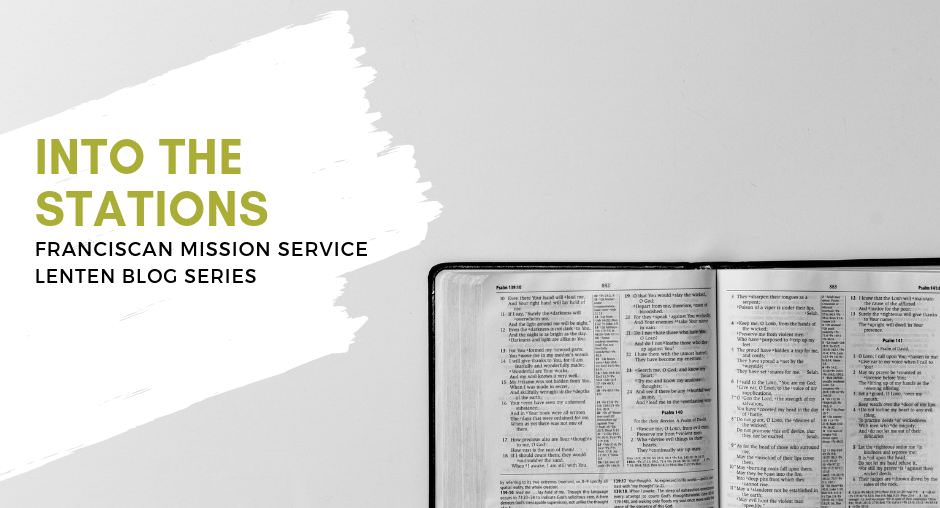Into the Stations

Editor’s Note: DC Service Corps member, Amy Brandt gives a behind the scenes look at the motivation and process of her interpretation of the Stations of the Cross.
This Lent I had the opportunity to create a collection of visual prayers and reflections based off of the Stations of the Cross. Inspired by Scott Erickson’s Stations in the Street collection, I was reminded that the meaning we can draw from the Stations of the Cross is not limited to traditional interpretations. There is an intersection between the modern world and the crucifixion that is often ignored.
By reflecting on how nature has served as a backdrop to prayer, I created these images and written reflections to bring to light both the supporting presence of creation along with the abuse of our surroundings. The environment is a character many times overlooked when depicting the Stations of the Cross. For each station, I reflected on how the environment interacts with the traditional scene, along with how each station reflects truth upon our interactions with the environment today.
Pope Francis expresses a call for environmental reflection and respect, “If we approach nature and the environment without…openness to awe and wonder, if we no longer speak the language of fraternity and beauty in our relationship with the world, our attitude will be that of masters, consumers, ruthless exploiters, unable to set limits on their immediate needs. By contrast, if we feel intimately united with all that exists, then sobriety and care will well up spontaneously” (Laudato Si, #11).
These fourteen images and reflections were designed to make us uncomfortable. The Passion is not a happy story. As a product of my own personal prayer, these stations criticize my own actions and lifestyle. In order to grasp the lessons held within the stations, it requires vulnerability and self-reflection.
In addition, this collection was made to resonate with anyone who, like me, has looked at the traditional imagery of the Stations of the Cross and asked, “Where do I fit into this?” After all, the Passion is not just a story from 2,000 years ago, but a mirror that reflects the injustices taking place all around us today.
Tagged in:















